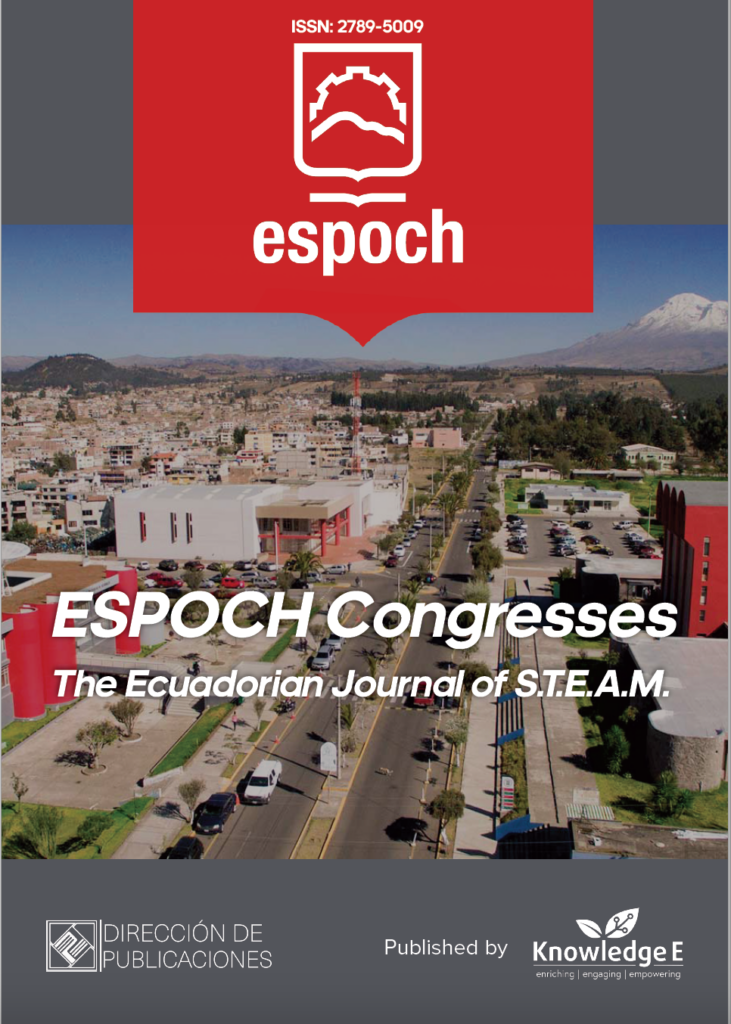
ESPOCH Congresses: The Ecuadorian Journal of S.T.E.A.M.
ISSN: 2789-5009
Leading Ecuadorian research in science, technology, engineering, arts, and mathematics.
Artificial Intelligence System for Automobile Braking Control
Published date:Aug 31 2022
Journal Title: ESPOCH Congresses: The Ecuadorian Journal of S.T.E.A.M.
Issue title: Volume 2, Issue 4
Pages:1131 - 1145
Authors:
Abstract:
An Artificial Intelligence (AI) algorithm based on neural networks is developed, which allows controlling the braking system of a car. For this, a simulation model is used that allows for testing the neural network (NN) algorithm. The input parameters to the neural network are the speed of the car and the proximity to the car that is ahead called the safety distance, while an output parameter is the information available to activate the Brake System. Other parameters used in the weighting of the error function associated with the RN are the driving mode, for example, driving fast or slow, or when driving fast, applying the brakes more frequently. In the first instance, the algorithm learns the driving mode, forward speed, braking, and proximity to the front vehicle. Then, the algorithm must be tested in unknown situations and the learning capacity must be verified.
Keywords: artificial intelligence, braking system, autonomous driving.
Resumen
Se desarrolla un algoritmo de Inteligencia Artificial (AI) basado en redes neuronales, que permite controlar el sistema de frenos de un auto. Para esto se utiliza un modelo de simulación que permite probar el algoritmo de red neuronal(RN), los parámetros de ingreso a la red neuronal son la velocidad del auto y proximidad al auto que va adelante denominada distancia de seguridad, como parámetro de salida se tiene la información para activar el Sistema de frenos. Otros parámetros utilizados en la ponderación de la función de error asociada a la red neuronal son el modo de manejo, por ejemplo, el hecho de manejar rápido o lento, o cuando se maneja rápido, aplicar los frenos con mayor frecuencia. En primera instancia el algoritmo aprende el modo de manejo, velocidad de avance, frenado, proximidad al vehículo delantero, posteriormente hay que probar el algoritmo en situaciones desconocidas y verificar la capacidad de aprendizaje.
Palabras Clave: inteligencia artificial, sistema de frenos, conducción autónoma.
References:
[1] Chin CS, Zhong X, Hamdan M, Cui R, Cano JC, Martinez-de Dios JR. Intelligent autonomous transport systems design and simulation. Journal of Advanced Transportation. 2018;2018:1468040.
[2] Gusikhin O, Rychtyckyj N, Filev D. Intelligent systems in the automotive industry: applications and trends. Knowledge and Information Systems. 2006;12:147–168.
[3] Tzafestas SG. Neural Networks in Robot Control. In: Tzafestas SG, Verbruggen HB, editors. Artificial intelligence in industrial decision making, control and automation. Dordrecht, The Netherlands: Springer; 1995. p. 327–387.
[4] Qiua S, Rachedic N, Sallak M, Vanderhaegen F. A quantitative model for the risk evaluation of driver-ADAS systems under uncertainty. Reliability Engineering & System Safety. 2017;167:184–191.
[5] Fotouhi A. Montazeri-Gh M. Tehran driving cycle development using the k-means clustering method. Scientia Iranica. 2013;20:286–293.
[6] Torra V. La inteligencia artificial. LYCHOS; 2011. p. 14.
[7] Varela E. Redes Neuronales srtificiales: Una revisión del estado del arte, aplicaciones y tendencias futuras. Investigación y Desarrollo en TIC. 2011;18–27.
[8] World Health Organization. Estimaciones de salud mundial (GHE) de la OMS [Internet]. Geneva: WHO; 2017. Available from: https://www.who.int/features/factfiles/roadsafety/es/
[9] Dirección General de Tránsito. Ligero aumento del número de conductores que superan los límites de velocidad establecidos en carretera. [Internet]. Varcarcel J. Madrid, España. DGT; 2014. Available from: https://www.dgt.es/comunicacion/notasde- prensa/ligero-aumento-del-numero-de-conductores-que-superan-los-limites-develocidad- establecidos-en-carretera/
[10] Lennon WK, Passino KM. Intelligent control for brake systems. IEEE Transactions on Control Systems Technology. 1999;7(2):188–202.
[11] Halderman JD. Automotive Brak systems. Mexico: Prentice Hall; 2016.
[12] Kong YS. Design of artificial neural network using particle swarm optimisation for automotive spring durability. Journal of Mechanical Science and Technology. 2019;33:5137–5145.
[13] Li J. Survey on artificial intelligence for vehicles. Automotive Innovation. 2018;1:390.
[14] Khayyam H. Artificial intelligence and internet of things for autonomous vehicles. Nonlinear Approaches in Engineering Applications. 2019:39–68.
[15] Fotouhi A. Montazeri-Gh M. Tehran driving cycle development using the k-means clustering method. Scientia Iranica. 2013;20:286–293.
[16] WHO. Organización Mundial de la Salud. Obtenido de OMS [Internet]. Geneva: WHO; 2017 [cited 01 julio 2017]. Available from: https://www.who.int/features/factfiles/roadsafety/es/
[17] Torra V. La inteligencia artificial. LYCHOS; 2011. p. 14.
[18] Tzafestas SG. Neural Networks in Robot Control. In: Tzafestas SG, Verbruggen HB, editors. Artificial intelligence in industrial decision making, control and automation. Dordrecht, The Netherlands: Springer; 1995. p. 327–387.
[19] Varcarcel J. Dirección general de tráfico [Internet]. DGT; 2014 [cited 01 ENERO 2014]. Available from: http://www.dgt.es/PEVI/documentos/catalogo_recursos/didacticos/ did_adultas/velocidad.pdf